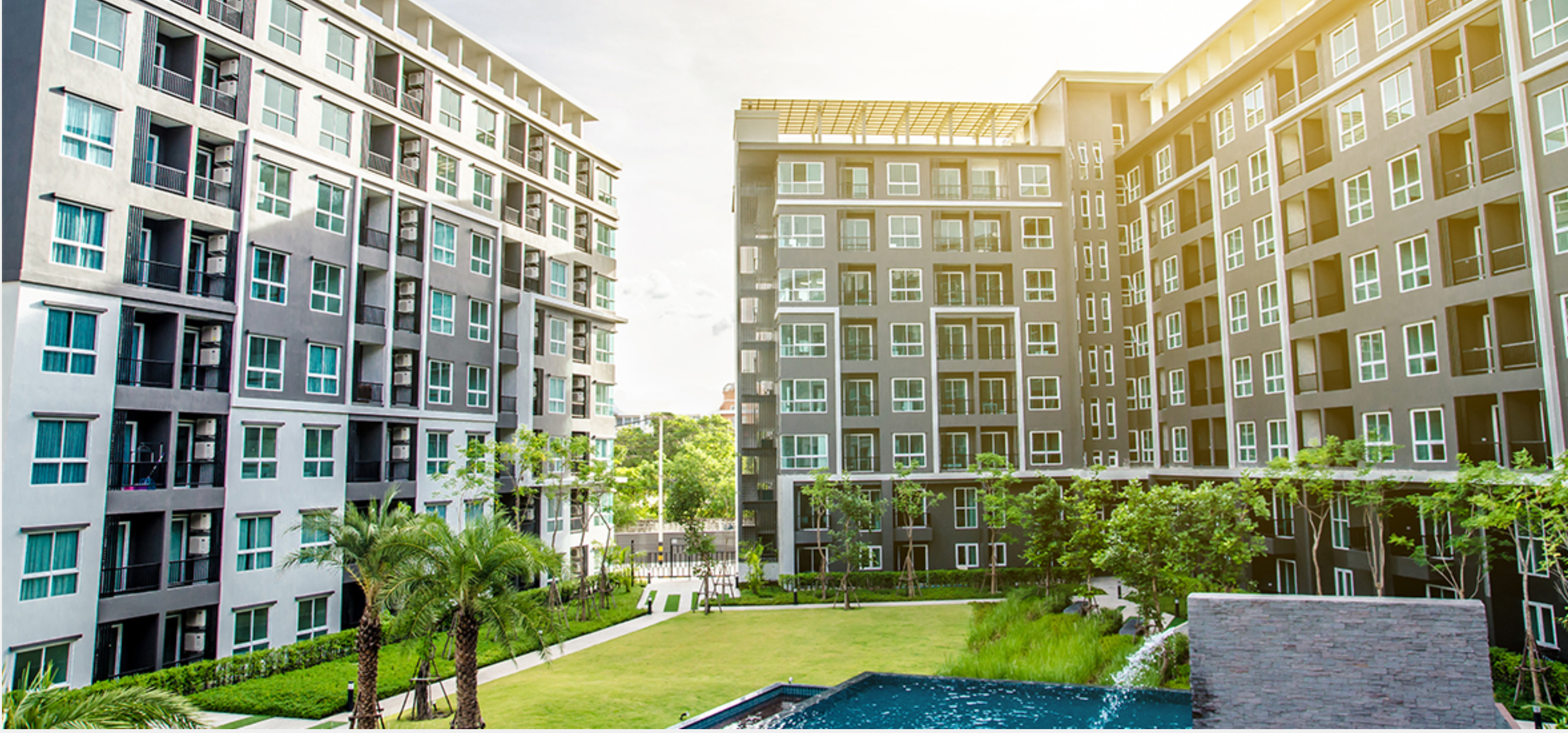The Future of Student Housing: Trends and Predictions
https://buymeacoffee.com/kaysogy/the-future-student-housing-trends-predictions
 The landscape of student housing is undergoing a significant transformation, driven by evolving student needs, technological advancements, and changes in the broader real estate market. As investors and developers look to the future, understanding these trends is crucial for making informed decisions. This article explores the key trends and predictions shaping the future of student housing, with a focus on creating a sustainable and profitable investment.
The landscape of student housing is undergoing a significant transformation, driven by evolving student needs, technological advancements, and changes in the broader real estate market. As investors and developers look to the future, understanding these trends is crucial for making informed decisions. This article explores the key trends and predictions shaping the future of student housing, with a focus on creating a sustainable and profitable investment.
1. Rise of Smart Technology Integration: One of the most significant trends in student housing is the integration of smart technology. Students today are digital natives who expect seamless connectivity and smart living solutions. From smart locks and energy-efficient appliances to high-speed internet and app-controlled amenities, technology is at the forefront of modern student housing. Developers who invest in smart technology not only enhance the student living experience but also increase the attractiveness and value of their properties.
2. Sustainability and Green Building Practices: Sustainability is no longer a niche concern but a mainstream expectation. Today's students are more environmentally conscious and prefer living spaces that align with their values. Green building practices, such as energy-efficient designs, solar panels, and sustainable materials, are becoming essential components of student housing. Not only do these features appeal to environmentally conscious students, but they also reduce operating costs, making them a smart investment for developers.
3. Flexible and Multi-Functional Spaces: The traditional dormitory model is evolving. Students now demand flexible and multi-functional living spaces that cater to their academic, social, and personal needs. Open floor plans, communal study areas, and versatile furniture that can be easily rearranged are becoming increasingly popular. This trend reflects a broader shift towards more collaborative and dynamic learning environments in higher education.
4. Focus on Health and Wellness: The global pandemic has heightened awareness of health and wellness, leading to a growing demand for student housing that prioritizes these aspects. Properties that offer fitness centers, outdoor spaces, mental health resources, and wellness programs are becoming more desirable. This trend is likely to continue as students increasingly prioritize their physical and mental well-being.
5. Location and Proximity to Campus: Location has always been a key factor in student housing, but its importance is growing as students seek convenient access to campus and local amenities. Properties located within walking distance of campuses, public transportation, dining, and entertainment options are highly sought after. Additionally, urban student housing developments in vibrant neighborhoods are becoming increasingly popular, offering students a blend of academic and social experiences.
6. Affordability and Financial Flexibility: With rising tuition costs and student debt, affordability remains a critical concern for students and their families. Developers are responding by offering a range of pricing options, from luxury accommodations to more budget-friendly alternatives. Flexible lease terms, such as short-term rentals and payment plans, are also gaining traction as they provide students with financial flexibility.
7. Community and Social Engagement: The sense of community is a crucial aspect of the student experience. Modern student housing is shifting towards creating environments that foster social engagement and community building. Common areas, social events, and student-led initiatives are becoming integral to student housing, enhancing the overall living experience and promoting a sense of belonging.
8. The Impact of Online Learning: The rise of online and hybrid learning models is reshaping student housing demand. While some students may choose to live off-campus or commute from home, there is still a strong demand for on-campus housing that offers a supportive academic environment. Developers are adapting by offering housing options that cater to both in-person and remote learning needs, such as study spaces with advanced technology and reliable internet connectivity.
9. International Student Housing Market Growth: The international student population continues to grow, presenting significant opportunities for student housing developers. International students often seek high-quality housing that offers security, convenience, and support services. Understanding the specific needs of this demographic, such as language assistance and cultural programming, is crucial for attracting and retaining international students.
10. Predictive Analytics and Data-Driven Decisions: The use of predictive analytics in real estate is transforming how student housing investments are made. By analyzing data on student preferences, market trends, and economic indicators, developers can make informed decisions about property locations, amenities, and pricing. This data-driven approach helps mitigate risks and maximizes returns on investment.
Conclusion: The future of student housing is being shaped by a combination of technological advancements, sustainability efforts, and changing student preferences. Investors and developers who stay ahead of these trends will be well-positioned to capitalize on the growing demand for modern, flexible, and student-centric housing solutions. As the landscape continues to evolve, those who prioritize innovation, community, and sustainability will lead the way in the next generation of student housing.
Comments
Post a Comment